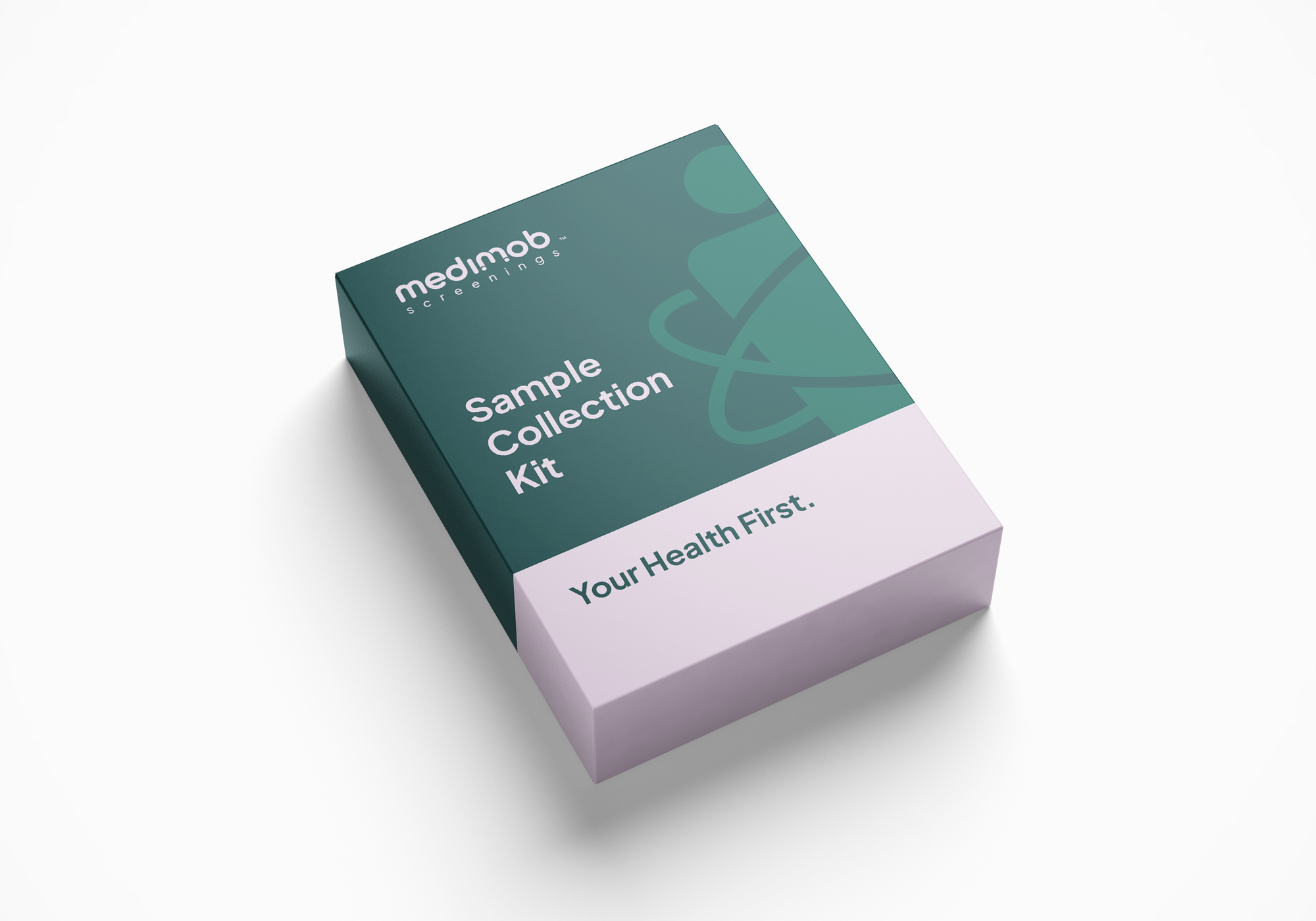Why Do I Need Two Blood Tests to Diagnose Low Testosterone?
One of the most common questions patients ask is: “Why do I need to do two blood tests to diagnose low testosterone?” Let's find out why

Low testosterone, also known as male hypogonadism, is a condition that affects an increasing number of men, especially with age. It is often associated with symptoms like fatigue, low libido, muscle weakness, poor concentration, irritability, and even depression. Because of its wide-ranging impact on quality of life, many men seek testing to determine if testosterone deficiency is at the root of their health concerns. However, one of the most common questions patients ask is: “Why do I need to do two blood tests to diagnose low testosterone?”
The answer lies in the biology of testosterone, the complexity of hormone regulation, and the importance of diagnostic accuracy. Diagnosing low testosterone is not as straightforward as measuring blood pressure or checking cholesterol levels. Hormones fluctuate throughout the day, and various factors can skew the results of a single test. In this article, we’ll explain why two separate blood tests are often required, what they should measure, and how the timing and conditions of the tests can affect your diagnosis.
Testosterone: A Hormone That Fluctuates
Testosterone is primarily produced by the testes and plays a crucial role in male reproductive health, muscle mass, bone density, red blood cell production, and mood regulation. However, testosterone levels are not static. They follow a diurnal pattern, peaking in the early morning, usually between 7 AM and 10 AM, and declining gradually throughout the day (Nieschlag et al., 2019). This means that a blood sample taken in the late afternoon might indicate low testosterone even if your levels are normal in the morning.
Because of this natural variability, guidelines from professional bodies such as the Endocrine Society and the British Society for Sexual Medicine (BSSM) recommend that testosterone levels should always be measured early in the morning and on at least two separate occasions before confirming a diagnosis of low testosterone (Bhasin et al., 2018; Hackett et al., 2017). One test alone is simply not enough to give a reliable picture of your baseline hormone levels.
Reducing the Risk of False Positives
Relying on a single testosterone test could lead to false positives or false negatives, which may result in unnecessary treatment or missed diagnoses. Many transient factors can cause testosterone levels to drop temporarily, including illness, poor sleep, stress, alcohol consumption, fasting, or even recent exercise. These influences can depress testosterone production in the short term, giving the illusion of a chronic deficiency.
By taking two blood samples, spaced out by at least a few days or a week and collected under similar conditions (e.g., fasting, early morning, no recent illness), clinicians can determine whether low testosterone is a consistent and reproducible finding. This double-checking is especially important because testosterone replacement therapy (TRT) is not without risks—it can cause acne, increased red blood cell counts, infertility, and prostate-related complications (Baillargeon et al., 2015).
What Exactly Should Be Tested?
Another key reason for the two-test protocol is that not all blood tests are created equal. When testing for low testosterone, it's important to measure both total testosterone and, in some cases, free testosterone or bioavailable testosterone. Total testosterone refers to the entire amount of testosterone in the blood, including that which is bound to proteins like sex hormone-binding globulin (SHBG) and albumin. However, only free testosterone (the unbound form) is biologically active and available to tissues.
Some men may have normal total testosterone but low free testosterone due to high SHBG levels, which increase with age, liver disease, or thyroid dysfunction. Measuring only total testosterone might miss this nuance, which is why in some cases, a second test is used to evaluate free testosterone using equilibrium dialysis or calculated estimates based on SHBG and albumin levels (Rosner et al., 2007). This comprehensive approach improves diagnostic precision.
Full Testosterone Check (5 Biomarkers) From the Comfort Of Your Home
Confirming the Diagnosis Before Starting Treatment
In the UK and other countries, healthcare guidelines stipulate that low testosterone should only be treated when the diagnosis is both biochemically confirmed (i.e., through repeat testing) and clinically correlated (i.e., symptoms are present). This dual requirement ensures that treatment is appropriate and evidence-based. Jumping into testosterone therapy based on a single test could lead to treating someone who may not need it—and who may suffer unnecessary side effects.
Furthermore, there are other potential causes of testosterone-like symptoms, including sleep apnoea, thyroid dysfunction, depression, chronic illness, and certain medications. Without a proper diagnostic process involving repeat blood testing and a full clinical assessment, a misdiagnosis is more likely. The second test, therefore, functions as a safety net for both patient and practitioner.
Standardising the Testing Process
To make blood testing for testosterone as accurate and useful as possible, several best practices are followed across NHS and private labs:
- The first test is conducted between 7–10 AM while fasting.
- If total testosterone is borderline (usually 8–12 nmol/L), a second test is done including free testosterone.
- If levels are clearly low (<8 nmol/L), a repeat test is still advised for confirmation before treatment.
- SHBG and LH (luteinising hormone) may also be tested to assess whether the issue lies in the testes or the pituitary gland.
This standardisation is critical to ensure consistency in diagnosis and treatment eligibility.
Full Testosterone Check (5 Biomarkers) From the Comfort Of Your Home
References
Baillargeon, J., Urban, R. J., Kuo, Y.-F., Ottenbacher, K. J., Raji, M. A., & Goodwin, J. S. (2015). Risk of Myocardial Infarction in Older Men Receiving Testosterone Therapy. Annals of Pharmacotherapy, 48(9), 1138–1144.
Bhasin, S., Brito, J. P., Cunningham, G. R., Hayes, F. J., Hodis, H. N., Matsumoto, A. M., ... & Yialamas, M. A. (2018). Testosterone therapy in men with hypogonadism: an Endocrine Society clinical practice guideline. The Journal of Clinical Endocrinology & Metabolism, 103(5), 1715–1744.
Hackett, G., Kirby, M., Edwards, D., Jones, T. H., & Royal College of General Practitioners. (2017). British Society for Sexual Medicine Guidelines on Adult Testosterone Deficiency, With Statements for UK Practice. British Journal of General Practice, 67(664), 139–140.
Nieschlag, E., Behre, H. M., & Nieschlag, S. (2019). Testosterone: Action, deficiency, substitution. Cambridge University Press.
Rosner, W., Auchus, R. J., Azziz, R., Sluss, P. M., & Raff, H. (2007). Position statement: Utility, limitations, and pitfalls in measuring testosterone: an Endocrine Society position statement. The Journal of Clinical Endocrinology & Metabolism, 92(2), 405–413.


